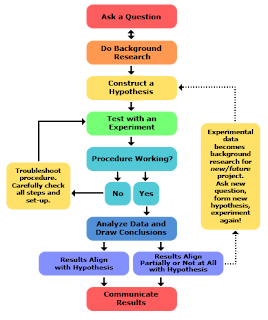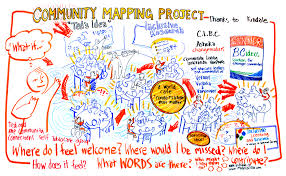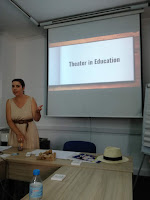Trainer: Giorgos Velegrakis
Innovation has to do with methodology, not only with technology. Take students out of the classroom to see the connections with the community around the school. We take the students out of the classroom to make observation, to get the data we need to prove that our hypothesis is right. The students connect the learning process with the real world. They learn in context through the practice. They show interest and motivation because they can understand what they can see through the experiment. The students' role is more active and long term memory is developed. It is a challenging experience because the students are taken out of their comfort zone. Some challenges the teachers face are: involvement, preparation, organization and management of the activity.
RESEARCH DESIGN is based on the
scientific method, which steps are shown here:
METHODS FOR QUALITATIVE RESEARCH:
- Interviewing
- Observation
- Participant observation/Ethnographic research
- Archival research
- Secondary data collection and analysis
COMMUNITY MAPPING
School cannot be isolated from the wider community within which it operates. Cooperation between schools and the community should be fostered to try to solve common problems. At the same time, this constitutes a pedagogical activity.
A community mapping is a process of participation and identification of common issues. It is a collective design process focusing on how to live shown in a unique picture.
The first step is to identify our COMMUNITY ASSETS (places, things or people that represent the community). We played a game in groups where we had to explain the ASSETS of our city to another pair from another city and then they explained them to the whole class. We learnt about other cities in Europe through this activity.
THE METHOD TO MAKE A COMMUNITY MAPPING
- Collectively decide the goals of mapping: design
- Active involvemet of locals
- Information collection (data, material, evidence)
- Map creation and presentation
When we make a community map, we have to take into account the
SWOT analysis. This acronym stands for: Strengths, Weaknesses, Opportunities and Threats. After this reflection, we can understand our community better and try to improve it.
This is something that we should explore more to establish the connection between the school and the community through the school council, where teachers, parents and students are represented and it could be extended to the whole school.
EXAMPLES OF COMMUNITY MAPS:






























































